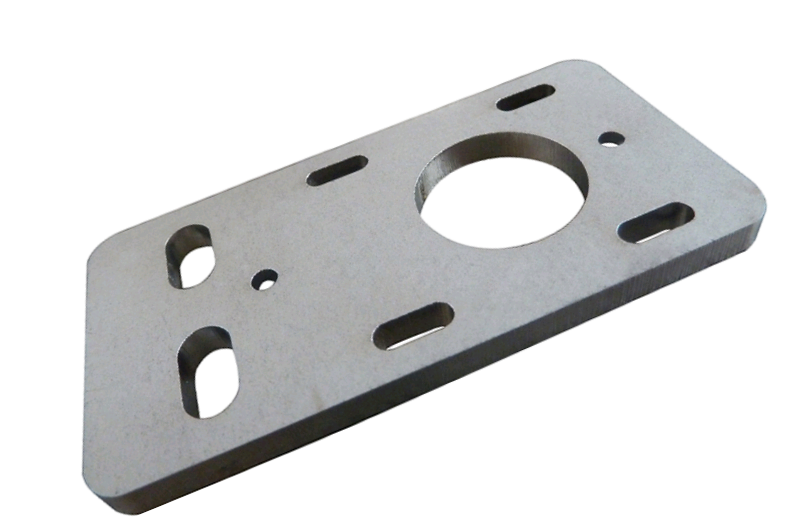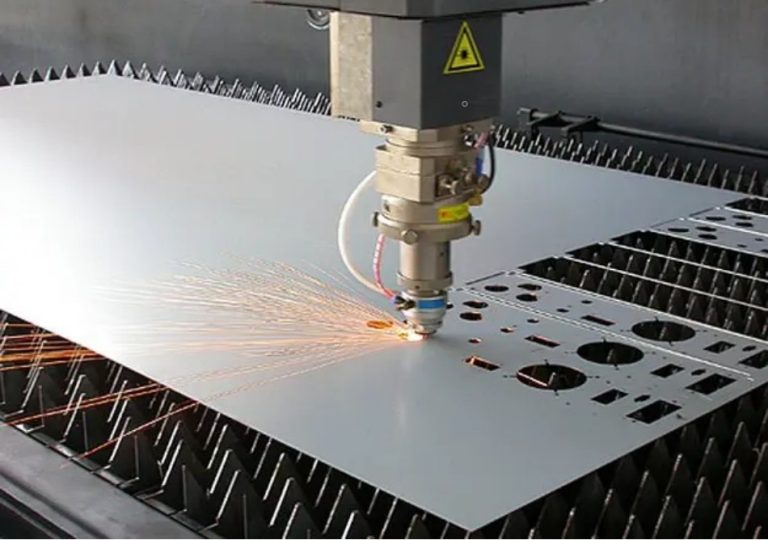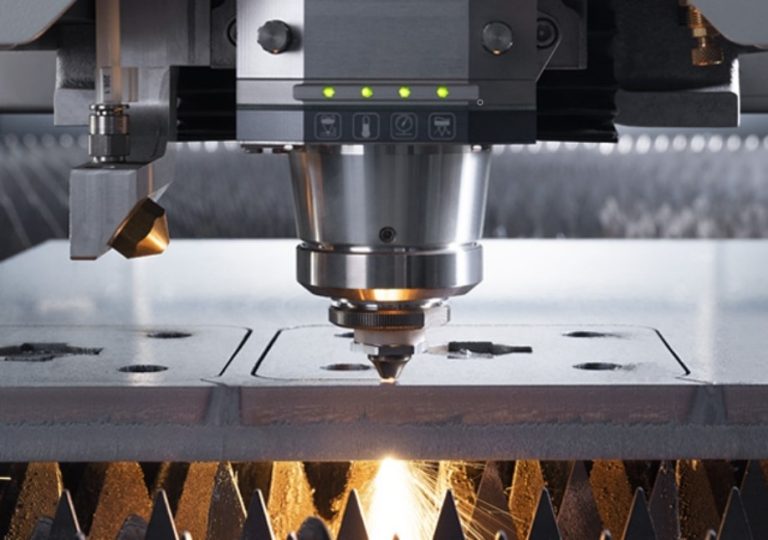
Design Tips of Laser Cutting
Some design tips for laser cutting include using vector-based graphics software, avoiding sharp corners, minimizing piercing points, and ensuring proper material alignment.
> 3-Day Lightning Delivery
> North America’s Top 10 One-stop Solutions
> 75+ Choices of Materials
Design Tips of Laser Cutting

Tip 1: Material Selection
l Choose materials suitable for laser cutting, such as metals (steel, aluminum, stainless steel) or non-metals (acrylic, wood, fabric).
l Understand the material’s thickness and properties to determine its compatibility with laser cutting.
Tip 2: Design for Precision
l Account for the laser beam’s kerf width, which is the material removed during cutting, and adjust your design accordingly.
l Maintain tolerances and ensure accurate dimensions by factoring in the kerf width during the design process.
Tip 3: Minimize Complexity
l Simplify your design by minimizing intricate details, small features, or sharp angles that may be challenging to cut accurately.
l Complex designs can lead to longer cutting times, higher costs, and potential accuracy issues.
Tip 4: Support Structures
l Incorporate support structures or tabs to prevent small parts from moving or falling through during cutting.
l This helps to maintain the integrity of the design and prevents parts from warping or becoming misaligned.
Tip 5: Efficient Nesting
l Optimize material usage by arranging parts closely together to minimize waste and maximize the number of parts per sheet.
l Use nesting software or consult with your laser cutting service provider for efficient nesting strategies.

Tip 6: Pay Attention to Detail Clearances and Overlaps:
l Allow sufficient clearance between parts to avoid interference during cutting and assembly.
l Consider overlapping sections for improved joint strength in assemblies, ensuring a secure fit.
Tip 7: Etching and Engraving:
l If your design requires etching or engraving, ensure proper alignment and spacing for accurate results.
l Account for the laser’s beam width and the desired depth of etching in your design.
Tip 8: Post-Processing Considerations:
l Anticipate any necessary post-processing steps, such as deburring or surface finishing, and design features that facilitate these processes.
l Smooth edges, remove burrs, and incorporate chamfers or fillets where necessary.
Tip 9: Design Validation and Prototyping:
l Utilize software tools to simulate and validate your design before production to identify potential issues.
l Prototype your design to test its functionality, fit, and overall performance before full-scale production.
Tip 10: Collaboration with Laser Cutting Experts:
l Consult with experienced laser cutting service providers or machine manufacturers to understand their specific capabilities and limitations.
l Seek their advice on design considerations, material selection, and any other factors that could impact the laser cutting process.
By following these design tips, you can optimize the manufacturability of your laser-cut parts, ensuring precision, accuracy, and efficiency in the production process.